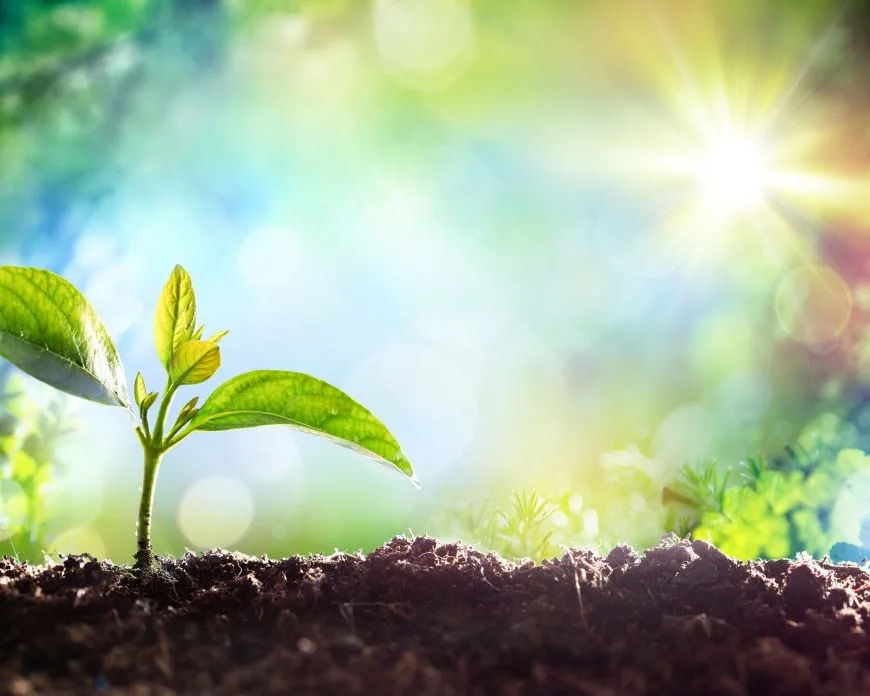
Growing plant outdoors is a common agricultural practice, however more and more people have started growing plants indoors due to its many advantages (as well as the prohibition of growing and using in many places). Both practices have their pro and cons depending on the person growing.
Control Over The Environment
For growing indoors, the most important thing that needs to be taken into consideration is the fact that you have control over the environment – you are able to choose the growing location of your plants. Whether this is a grow tent, a closet, a cabinet, or a spare room, growing indoors allows you to pick a place with minimal constraints and full control. You can maintain the lighting, the temperature, the water levels, the air circulation, and the sanitation of your place.
However, growing inside prevents you from using the light of the sun for your plant grow. No bulb can produce the same spectrum of light as the sun, so fair limits of light yields should be kept in mind. On the other hand, the weather change is one of the negative conditions you would have to deal with while growing outside. For good plants production you need good sun exposure, warm nights, hot weather, and low humidity which is beyond the control of the grower.
Cost
Second most important difference between growing inside and outside is the price of the two processes. Both will cost a fair amount, but outdoor growing will need a bigger investment at the beginning, while indoor growing requires a substantial investment over time and maintaining the above mentioned control inevitably ends up costing more.
Investing in a good lighting system, water system, and taking care of the pruning, trellising, and harvesting is more time consuming and demanding when growing inside. However, higher inside growing costs may be counteracted by the fact that the indoor grown products have higher selling points.
Quality Of Indoor Grown Plants Vs. Outdoor Grown Plants
As we’ve already acknowledged, indoor growing is known to result in a more quality product. This is an outcome from being able to control the environment and the breeding which gives out good flavor profiles and aesthetically pleasing strains. The presence of higher CO2 levels than in the natural environment increases bud growth and produces THC levels that are difficult to obtain outdoors. In addition, outside growing leads to dealing with rain, wind and other weather factors which can damage the plants and possible lead to a worse taste and aroma of the plants.
Legal growing is a big factor when it comes to growing plants in general. Indoor growing allows you to pick a private space. This applies even in places where growing plants is legal. The fewer people know, the better. The majority of outdoor growing can be found by consumers and even randomly, which means that outside growers harvest the plants rapidly and are unable to proceed with the curing in places where growing and using is illegal.
Trimming
Outdoor plants requires more trimming than indoor plants, especially if you plan to sell your plants. People want to spend their money on a clean, aesthetically beautiful bud.
Size
In terms of size, outdoor grown plants results in larger buds than indoor grown plants. This is due to the fact that the plant grown outdoors is supposed to adapt to the outdoor conditions. However, this is not a major difference and does not define the quality of the bud itself.
Time And Effort
For some people the time and effort involved is the biggest factor. Indoor growing allows you to control all the elements and factors needed which can lead to quicker grow time possible. The effort you would need to invest may be bigger at the beginning when setting up the space and for occasionally keeping an eye on the growing process and cleaning the space.
